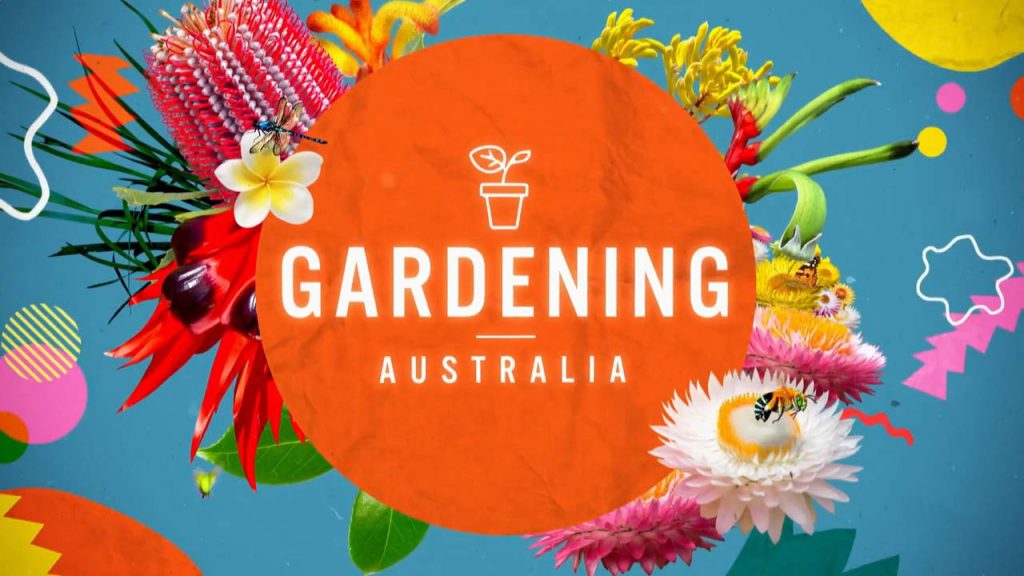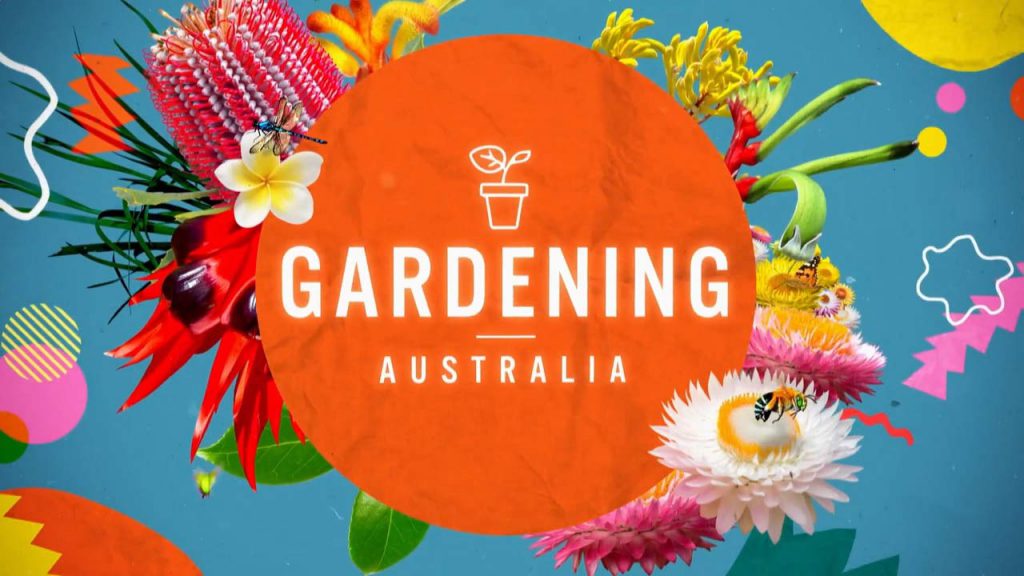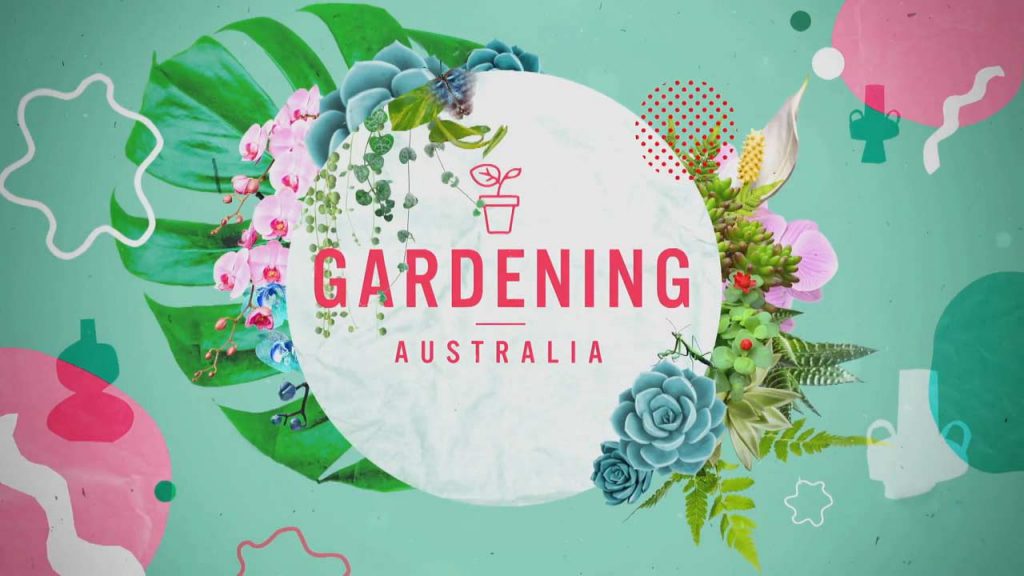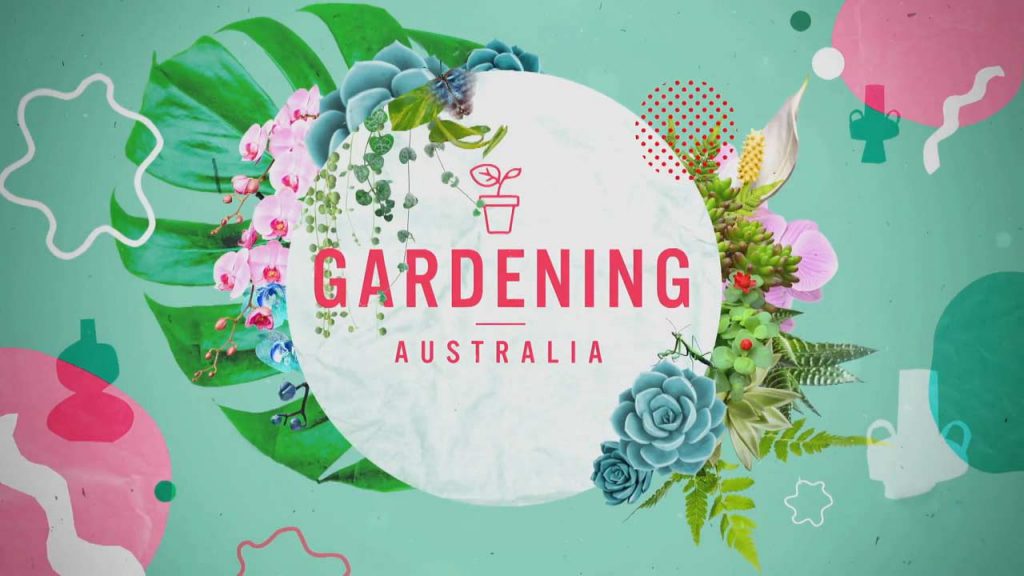Gardening Australia episode 8 2023 – Easter Special: Costa is bowled over by terrific turf; Clarence traces a green web of gardens; Hannah tours a downsized productive patch; Jerry shares bulbs for the subtropics; Millie renovates a wheelbarrow; we meet bird-loving ecologist.
Gardening Australia is a popular Australian television program that focuses on gardening and gardening advice. It is broadcast on the ABC and has been airing since 1990. The show is presented by a team of expert gardeners and horticulturalists, who provide tips and advice on a wide range of gardening topics, from choosing the right plants for your garden to dealing with pests and diseases. Each episode also features segments on different gardens and gardening projects around Australia, showcasing the diverse and beautiful gardens found in the country.
Gardening Australia episode 8 2023 – Easter Special
Revitalising Community Spaces: The Petersham Bowling Club’s Story
The Petersham Bowling Club, nestled in the heart of Sydney, is breaking new ground as a community space that brings people together around gardening, sharing skills and resources, and bowling. With a 120-year history, the club has been a traditional hub for many communities, but it wasn’t until the early 2000s that it started to fall behind the times. In response, the community banded together and took over the club’s management, reimagining it for the 21st century.
Revitalising Tradition
George Catsi, the club’s president, admits that the club “comes with a lot of tradition and history about how things have been and should be.” However, when the club was failing, it became apparent that things needed to change. When the council submitted plans to redevelop, the community rallied and took over. The club removed poker machines, which allowed them to focus on innovation. George asks, “How do you take something traditional and custom fit it for the 21st century?” And that’s exactly what the Petersham Bowling Club has done.
Community Gardens
Anna Scott, who now manages the productive spaces, says the club is becoming a space where people can come down and harvest veggies, use the compost bin, and get involved. The club is making room for a growing community, with plans to extend the veggie garden and install an accessibility ramp. Anna says, “We’ll have plenty of sun and just get everyone involved.” The community garden is a great way for people to connect with each other and with the environment.
Tool Library
The garage below the club is home to a tool library, where you can borrow what you need to tackle projects on your own home turf. Anna describes the tool library as “just like a book library, except we’ve got a whole bunch of power tools and other useful things so people can join up as a member, decide what they want, take it home, use it for the week and bring it back the following week.” The tool library is making a significant impact on the community, providing economic, ecological, and emotional rewards. Anna says, “Our top borrower saved over $6000 in two years, just by being a member of the tool library and not having to buy all those items.”
The Petersham Bowling Club’s story is an inspiring example of how communities can come together to revitalise traditional spaces, making them relevant to the needs of the 21st century. The club’s focus on innovation, community engagement and sustainability is a testament to the power of local action. Through community gardens and tool libraries, the club is creating opportunities for people to connect with each other, the environment, and their own potential. This approach is a reminder that when we invest in our local communities, we can create a brighter future for everyone.
Growing Green Webs – Gardening Australia episode 8 2023
Clarence meets Geoffrey Doret, an ecologist working with the local council to grow corridors for native plants and animals. Geoffrey’s innovative program, Greenweb, has identified key habitat areas and interconnected wildlife corridors to understand the flora and fauna of the area and the long-term sustainability of the environment. Geoffrey says, “Greenweb recognizes the need to incorporate the entire landscape, which includes both private and public land, and you can see these corridors, all these areas here are actually private properties, but most of it is still intact remnant vegetation.”
Securing volunteers from the local neighbourhood to help with restoration works, Geoffrey says, “through gardening, they can get rid of all those environmental and bushland weeds and replace it with native plants that we propagate at our nursery that are indigenous to the Sutherland shire.”
Alongside Geoffrey is horticulturalist Cris Breitenbach and a volunteer base producing 100,000 tube stock annually. “We aim to have available to our customers at least 100 species in tube stock. So that gives us that chance to offer that variety from low growing plants, shrubs, up to trees,” says Cris.
The team harvest and grow locally from seed and have plenty of tricks up their sleeves for propagating native plant species. Gymea Lily, a hero flower of the Sutherland Shire with a 6-8-meter-tall flower spike, is easiest to cut down to harvest seed. Volunteers Ken and Rhonda explain “you have to leave the seeds on the flower until the end of January.” “Sometimes I break off the seat casing.” Other techniques for seed extraction include using fire for Old Man Banksia. Rhonda says, “It’s the heat that’s really drying it out and forcing them to open.”
The Pros and Cons of Self-Watering Pots: What You Need to Know – Gardening Australia episode 8 2023
Self-watering pots are an increasingly popular solution for those who want to keep their plants hydrated without having to water them constantly. They work by drawing water up from a reservoir below the pot, which allows the roots to absorb water as they grow downwards towards it. However, as with any gardening tool, there are both pros and cons to using self-watering pots that you should be aware of before you make a decision.
Pros of Self-Watering Pots
One of the main advantages of self-watering pots is that they make it easier to keep your plants hydrated without having to water them as frequently. This can be especially helpful if you’re going away for a few days and won’t be able to water your plants regularly. With a self-watering pot, you can be confident that your plants will have access to water when they need it.
Another benefit of self-watering pots is that they can help prevent overwatering. If you tend to water your plants too much, a self-watering pot can help ensure that the soil doesn’t become waterlogged. This can be especially important for plants that are susceptible to root rot, which can occur when the soil is consistently damp.
Cons of Self-Watering Pots
One of the main drawbacks of self-watering pots is that it can be more difficult to monitor the moisture levels in the soil. Since the water is coming from the reservoir below the pot, it can be hard to tell when the soil is dry and in need of watering. This can be especially challenging if you have plants that are sensitive to overwatering or underwatering.
If you notice that the soil in your self-watering pot is dry but there is still water in the reservoir, it may be a sign that the plant is too small for the pot. In this case, you can try watering from the top and then tip out any excess water that drains through. If the soil is staying wet, you may need to reduce the amount of water in the reservoir.
Choosing the Right Plants for Self-Watering Pots
Not all plants are well-suited for self-watering pots. Plants that prefer consistently moist soil, such as ferns and African violets, tend to do well in self-watering pots. However, plants that prefer to dry out between waterings, such as succulents and dracaenas, may not thrive in self-watering pots.
It’s important to note that plants in self-watering pots will need to be fertilised more frequently than those in traditional pots. This is because the constant supply of water can cause water-soluble nutrients to break down more quickly.
In conclusion, self-watering pots can be a great solution for those who want to keep their plants hydrated without having to water them constantly. However, it’s important to choose the right plants and monitor the moisture levels in the soil to ensure that your plants stay healthy and happy. With the right care, self-watering pots can be a valuable addition to any garden or indoor plant collection.





you posted ep. 7 again as ep. 8 this week
It’s fixed